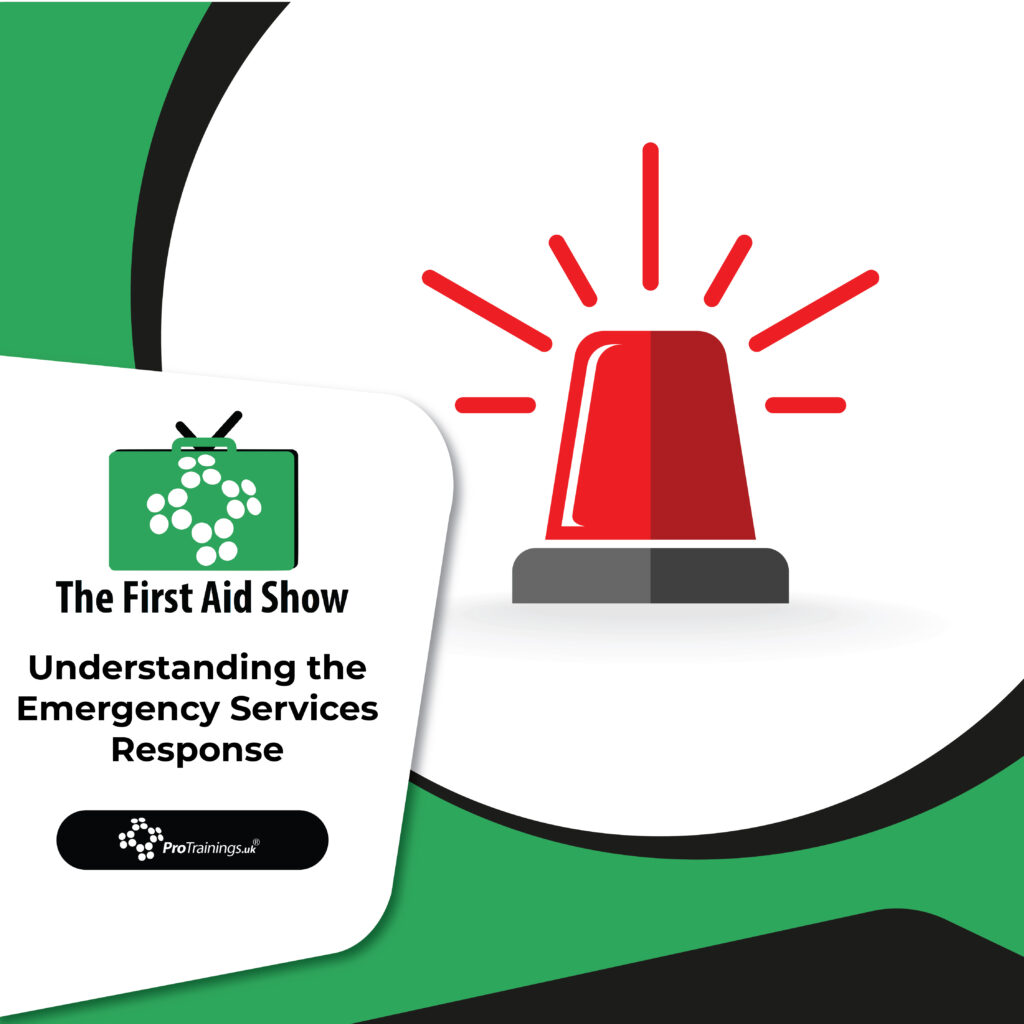When you dial 999 or 112, you’re reaching out for urgent assistance. But have you ever wondered who might turn up? Let’s delve into the possible responders.
While most envisage an ambulance to be the primary response, various teams and individuals can be dispatched based on the nature and severity of the emergency.
- Standard Calls: Typically, an ambulance is dispatched for routine emergencies.
- Category A Calls: For grave incidents like heart attacks or strokes, a comprehensive response is initiated. You might expect:
- Ambulance and Paramedics: While they remain a priority, they might not always be the closest responders.
- Community Responders: Managed by the NHS, these are local individuals equipped with essential tools like defibrillators and oxygen. Their vicinity often ensures a swift arrival.
- GoodSAM App: A unique initiative, GoodSAM is an app where qualified individuals can register. They receive emergency alerts and can promptly respond if nearby.
- Paramedic in a Car: Sometimes, it’s about quick medical intervention rather than transportation. Hence, a solo paramedic might arrive first.
- Other Professionals: Depending on availability and proximity, police or fire services might join the response.
- Community AED Units: These Automated External Defibrillators can be vital for cardiac emergencies. Located at communal spots, the 999 operator might instruct someone to retrieve it, providing the necessary access code.
Remember, the primary aim is to get assistance to you promptly with the right resources. The nature of the response ensures that no time is lost and the best possible care is administered at the earliest.
For further insights on first aid training or equipment, do ring 01206 805359 or send an email to support@protrainings.uk. Browse www.protrainings.uk for courses, and for equipment, visit www.first-aid-online.co.uk.


